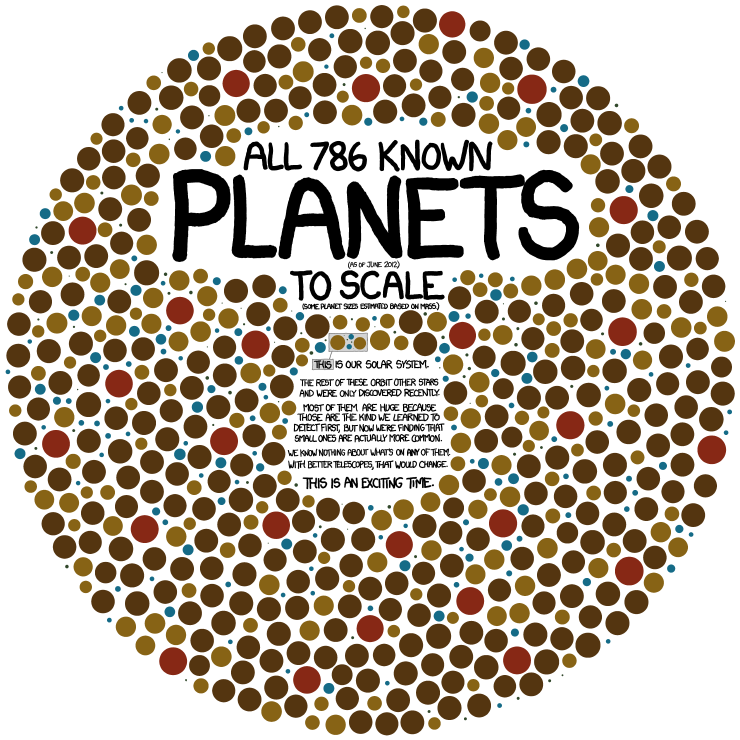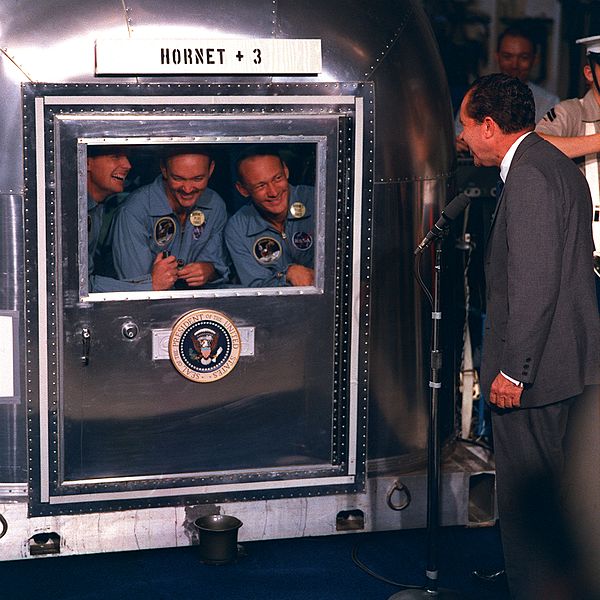E.T.? No Going Home

So in 1969, NASA did just that. In anticipation of the Apollo 11 mission aiming to land the first humans on the moon, NASA promulgated the Extra-Terrestrial Exposure Law (14 CFR Part 1211, for those interested). Any astronaut who was on a mission in which something came in contact with any other “celestial body” was, under the E.T. Exposure Law, required to be quarantined upon his or her return to Earth. For Neil Armstrong, Buzz Aldrin, and Michael Collins, their return to Earth from their successful moon landing qualified — the moon, after all, is a foreign celestial body. As TIME magazine reported in mid-July of 1969, the three astronauts were “treated — literally — as if they had the plague.” The stated purpose: “to guard against the remote possiblity that they are harboring unknown lunar organisms which might endanger life on Earth,” per TIME.

NASA stopped quarantining astronauts in 1977, and the Extra-Terrestrial Exposure Law was removed from the books in 1991.
Bonus fact: Are there lunar organisms on the moon? Not exactly — but there are human ashes. An American geologist named Eugene Shoemaker (who, among other things, discovered a comet which ended up colliding with Jupiter) helped train Apollo mission astronauts for their moon walks. After Shoemaker died in a car accident in 1997, NASA honored him by putting some of his ashes into a space probe, which was designed to map the moon’s surface and look for potential polar ice deposits (described here). The space probe was intentionally crashed into a crater near the south pole of the moon, making Shoemaker, in some sense, the first (and to date, only) man buried on the moon.
From the Archives: Pale Blue Dot: Really, the Earth is just a pale blue dot.
Related: “Mission Control, This is Apollo: The Story of the First Voyages to the Moon” by Andrew Chaikin and illustrated by Alan Bean. A children’s book (ages 8 and up) about the Apollo missions which makes mention of the quarantines. Eight reviews, all of which give 5 stars.

Leave a comment